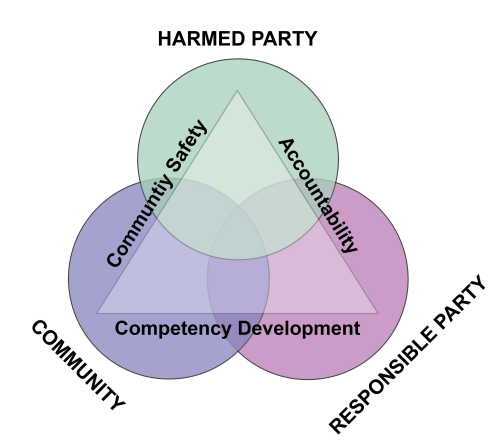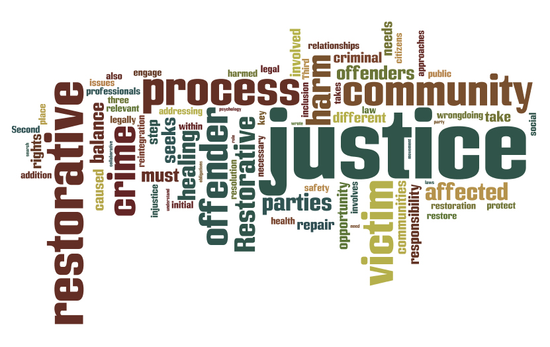What is Restorative Justice?
Restorative justice offers an alternative to the traditional criminal justice system by focusing on the repair of harm and healing of relationships rather than merely punishing the offender. This approach recognizes crimes as violations against both individuals and communities, accordingly emphasizing accountability, in which offenders must acknowledge their actions and work to mend the damage they've caused. It aims not only to address and repair the harm but also to understand and rectify the underlying causes of the offense, thus reducing future risks. Central to restorative justice is the inclusion of the impacted party and the community in the justice process, empowering said parties through active participation and leveraging community support for both accountability and rehabilitation. This method seeks a more humane, constructive resolution that fosters healing for all those involved.
The principles of restorative justice emphasize a different approach to addressing crime and conflict. Let’s delve into each of these principles:
- Crime as a Violation of People and Relationships: Restorative justice views crime not merely as a legal offense but as a breach of relationships and harm to individuals and communities. The focus shifts from punishment to repairing the harm done and rebuilding connections.
- Central Role of Impacted Parties and Community: In the restorative justice process, impacted parties and the community play essential roles. All parties—impacted parties (if they choose to participate), the community, and the participant—contribute to the response to a crime.
- Assisting Victims and Addressing Needs: Restorative justice prioritizes understanding the needs of impacted parties. The impacted party’s perspective guides decisions on how to repair the harm caused by the crime.
- Restoring the Community: Beyond individual harm, restorative justice aims to restore the community. Participants have personal responsibilities to impacted parties and the broader community.
- Dignity and Worth of All: Recognizing the inherent dignity of all human beings, restorative justice promotes respect and reintegration.
By embracing these principles, restorative justice seeks a more holistic and compassionate approach to justice.


